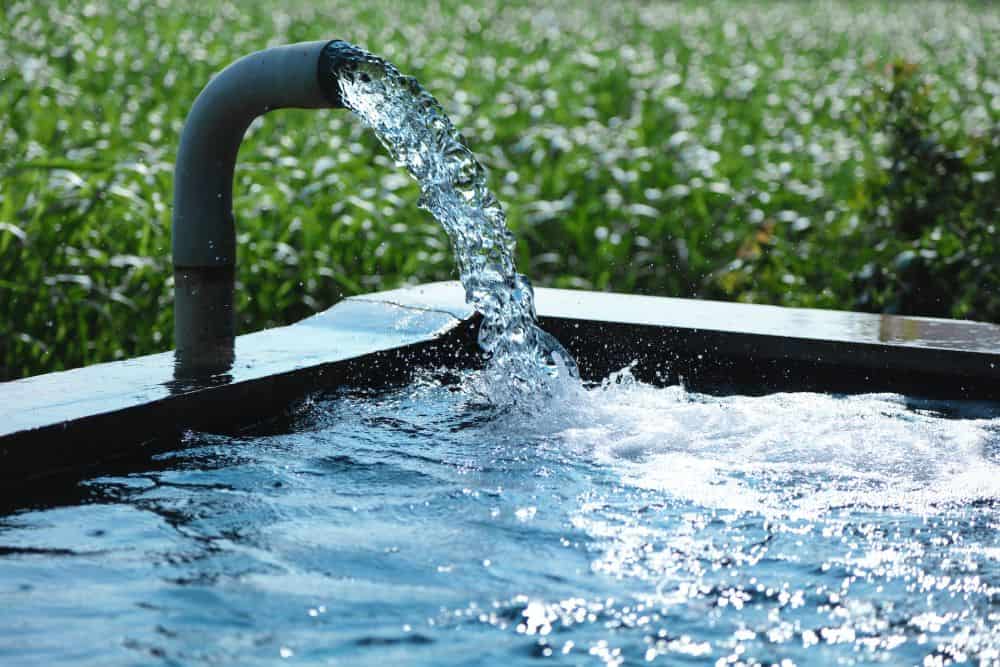
[Image above] Credit: Urja Bhatt, Unsplash
While about two million people in the United States do not have access to clean water, an estimated 59 million people have tap water access but do not drink it. Why? Distrust of tap water is a major contributor to this behavior, according to Asher Rosinger, Ann Atherton Hertzler Early Career Professor in Global Health at The Pennsylvania State University.
“News reports—particularly high-visibility events like advisories to boil water—lead people to distrust their tap water even after the problem is fixed,” Rosinger explains in an article on The Conversation.
In addition to high-profile events like the water crisis in Flint, Michigan, “Many other factors can cause people to distrust their water supply, including smell, taste, and appearance, as well as lower income levels,” he writes.
Overcoming this distrust and water insecurity in general will require both improved water infrastructure and better public education about water quality testing. Only then can we achieve the United Nations Sustainable Development Goal of ensuring availability and sustainable management of water and sanitation for all.

Credit: United Nations, YouTube
Ceramic and glass materials have an important role to play in achieving this goal. And what better time to showcase this role than today, World Water Day.
World Water Day is an annual United Nations observance day, held every March 22 since 1993, to advocate for the sustainable management of freshwater resources.
This year, World Water Day focuses on accelerating change to solve the water and sanitation crisis. As part of the celebrations, the Water Action Agenda, which looks to secure commitments on water actions from people around the world, will be launched during the second-ever UN Water Conference in New York City, March 22–24, 2023.
(The first UN Conference dedicated to water took place in Mar del Plata, Argentina, in 1977.)
Below is a collection of Ceramic Tech Today articles from the past year that illustrate how ceramic and glass materials support sustainable water management.
Adsorption of complex pollutants: Designing hydrogarnets to remove humic substances from water

Credit: Pexels
Humic substances are beneficial to agriculture, but they can aggravate pollution in water by interacting with disinfectants to produce toxic byproducts. Hydrogarnet has shown excellent potential as an adsorbent for humic substances, and researchers in Japan investigated the effects of heat treatments to control hydrogarnet composition and adsorption properties.
Mopping up microplastics: Nanopillar-stabilized metal-organic framework removes contaminants from water

Credit: RMIT University
Adsorption is an effective way to remove microplastics from water by adhering them to an easily removable/retrievable surface. Researchers at RMIT University in Australia developed a nanopillar-stabilized metal-organic framework adsorbent that effectively removes microplastics from water, as well as the toxic pollutant methylene blue.
Keeping water sources metal free: One-step method produces functionalized MXene for fast mercury removal

Credit: Tom Friedel, Wikimedia (CC BY 3.0)
Heavy metal contamination in aquatic ecosystems can lead to negative effects on human health. In a recent paper, researchers from Drexel University and Temple University developed a simple one-step method to fabricate functionalized Ti3C2Tx MXene for mercury removal from water.
Functionalized boron nitride-based nanofiltration membranes enhance treatment of semiconductor wastewaters

Credit: Wardana et al., IOP Conference Series: Earth and Environmental Science (CC BY 3.0)
To improve separation performance of ceramic membranes, researchers currently are exploring modification of the membrane’s surface using 2D nanomaterials. Researchers led by Ewha Womans University demonstrated that coating a ceramic membrane with functionalized boron nitride improves separation performance for both particulate and organic contaminants in semiconductor wastewaters.
Clay locomotion and clean water

Credit: Oxfam East Africa, Wikimedia (CC BY 2.0)
Many of the world’s easily accessible freshwater sources are being drained faster than they are being replenished. In two recent papers, researchers led by Jilin University investigated the potential of a clay-based self-propelling nanomotor to purify water.
Chipping in for a cleaner climate—graphene oxide-based nanofiltration membranes show promise in treating semiconductor wastewater

Credit: eutrophication&hypoxia, Flickr (CC BY 2.0)
Removal of ammonium ions from semiconductor wastewater is a particular concern for chip manufacturers to avoid exacerbating eutrophication of aquatic environments. Researchers in South Korea investigated the potential of graphene oxide-based nanofiltration membranes to treat this type of wastewater.
Stay tuned for more ways ceramics and glass help clean water supplies by subscribing to the CTT newsletter, which delivers the latest ceramic and glass research news to your inbox three times a week!
Author
Lisa McDonald
CTT Categories
- Environment


